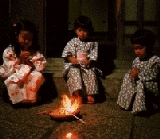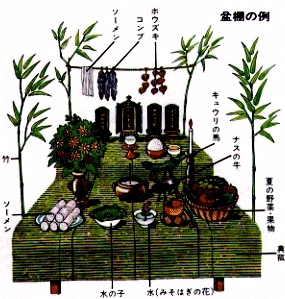I am new to all of this. I’ve found refuge here & sit zazen as will as lending a hand. I’d like to take my practice a little  deeper though. Most (if not all) people commentate certain occasions & holidays. What Buddhist holidays are celebrated & what is the best way to celebrate them?
deeper though. Most (if not all) people commentate certain occasions & holidays. What Buddhist holidays are celebrated & what is the best way to celebrate them?
 deeper though. Most (if not all) people commentate certain occasions & holidays. What Buddhist holidays are celebrated & what is the best way to celebrate them?
deeper though. Most (if not all) people commentate certain occasions & holidays. What Buddhist holidays are celebrated & what is the best way to celebrate them?

 ). I have never found there was much interest among our members in engaging with these holidays as children's events, but I keep hoping!
). I have never found there was much interest among our members in engaging with these holidays as children's events, but I keep hoping! 






Comment